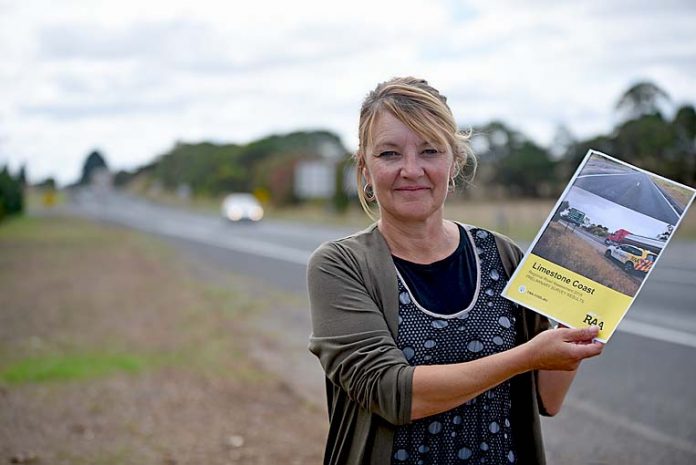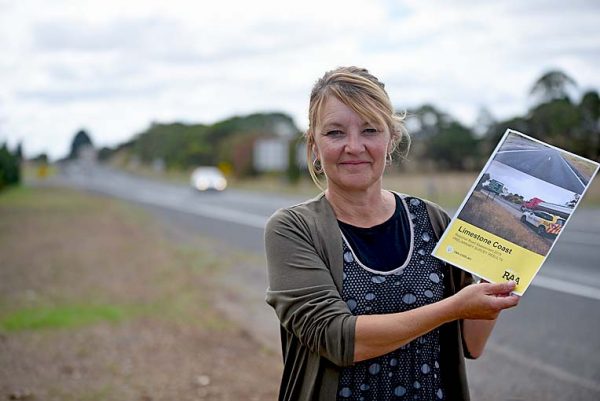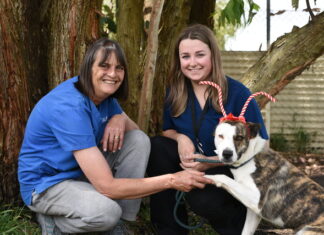

THE RAA will step up its campaign for regional road upgrades amid statistics showing there were more than 700 casualty crashes in the Limestone Coast over a five year period.
The peak motoring advocacy group yesterday released the results of a survey that probed more than 650 respondents over the state of South East roads.
Top road issues highlighted by the survey included uneven road surfaces, lack of overtaking lanes, pot holes,
narrow roads, roadside vegetation and unsafe intersections.
Other survey results also showed the major barriers to increasing tourism included road maintenance, lack of awareness of region as well as poor road surfaces.
Regarding freight movement, respondents highlighted road surface, road width and ability to overtake safety as key issues.
RAA road safety senior manager Charles Mountain – who has been in the region this week speaking with stakeholders and the community – said the survey reinforced the need for road infrastructure upgrades.
He said more than 650 respondents – members and non-members – took part in RAA’s survey last month as part of its regional road assessment of the Limestone Coast.
The RAA also sought submissions from the seven local councils, Regional Development Australia Limestone Coast and a number of other organisations as part of its assessment.
“We will drive and assess the key tourist and freight routes and meet stakeholders in the region to learn more about the condition of local roads and pinpoint any issues that need to be addressed,” Mr Mountain said.
His comments follow the RAA last week announcing its seven key pre-federal election priorities.
These include duplication of the Dukes Highway from Tailem Bend to the SA/Victorian border and recognition of the Riddoch Highway as part of the national highway network, making it eligible for Commonwealth funding of critical safety upgrades.
Statistics released by the RAA show between 2013 and 2017 there were 719 casualty crashes in the region.
This resulted in 940 casualties, of which 668 people suffered minor injuries, 232 were seriously injured and 40 were killed.
Most casualty crashes in the region were caused by inattention (53pc), followed by failing to give way (9pc) and driving under the influence of alcohol or drugs (6pc).
Limestone Coast community road safety officer Ali Auld yesterday welcomed the release of the survey results and the continual lobbying by the RAA.
She called for people to remain vigilant on the road network given the number of people being hurt in road crashes.
Ms Auld said the fact hundreds of people had received injuries in road accidents was a sobering statistic for the community.
“We know the largest contributor to trauma on our roads is distraction, fatigue, speeding, drink/drug driving and not wearing seatbelts,” she said.
“The RAA survey really picked up on all of those factors.”
She said survey documents would support bids for additional road funding.
“That’s why the RAA’s advocacy is so important.”





